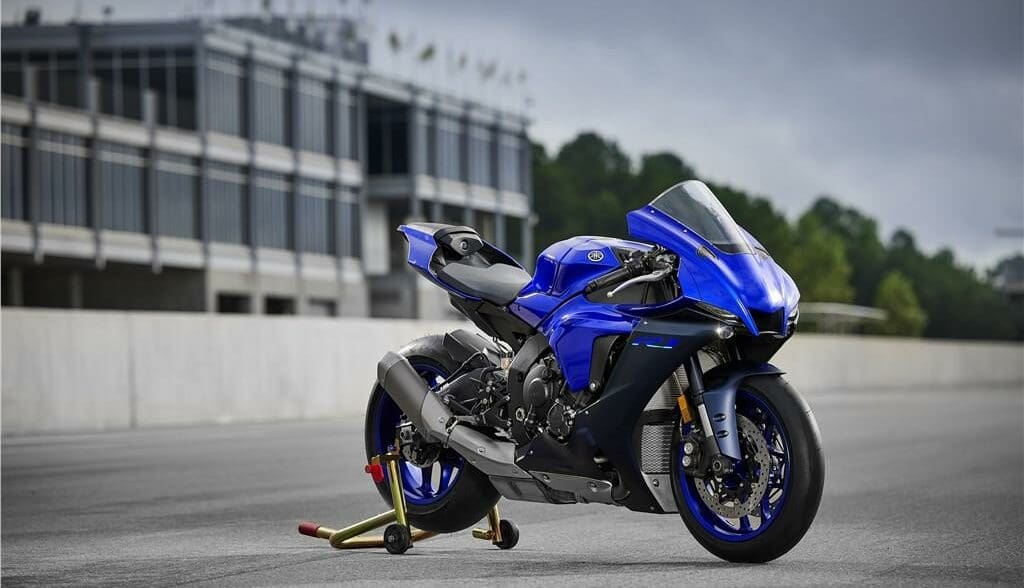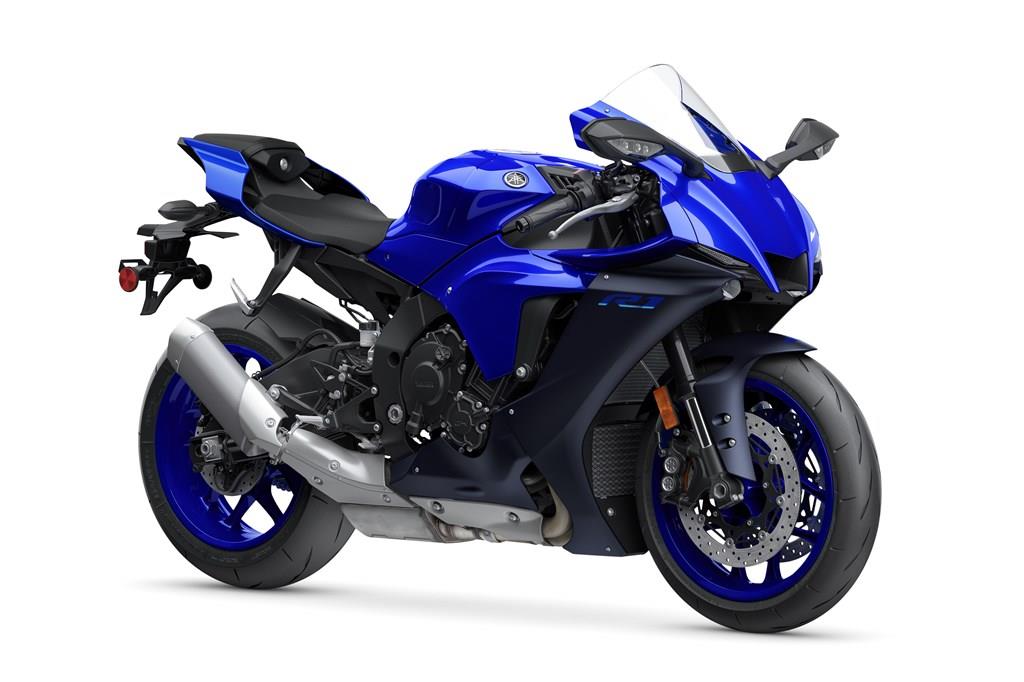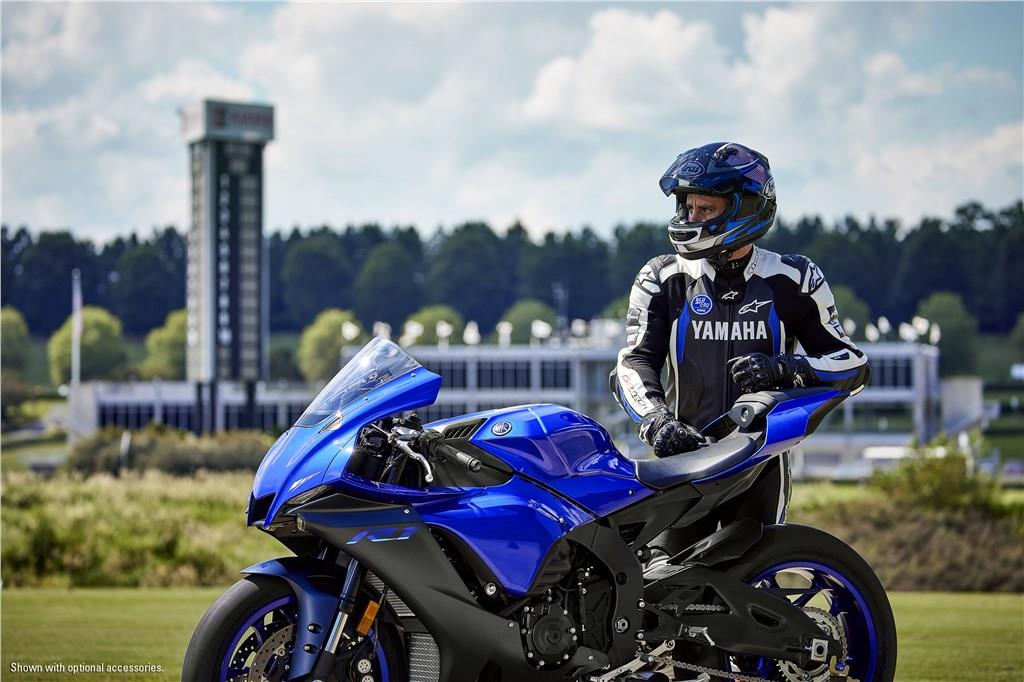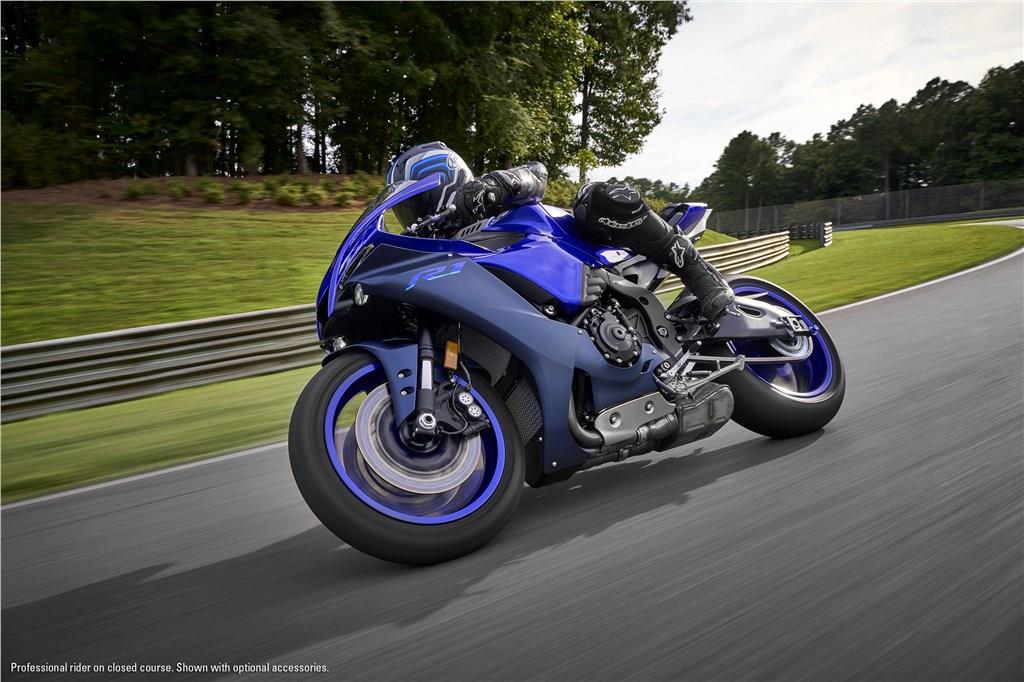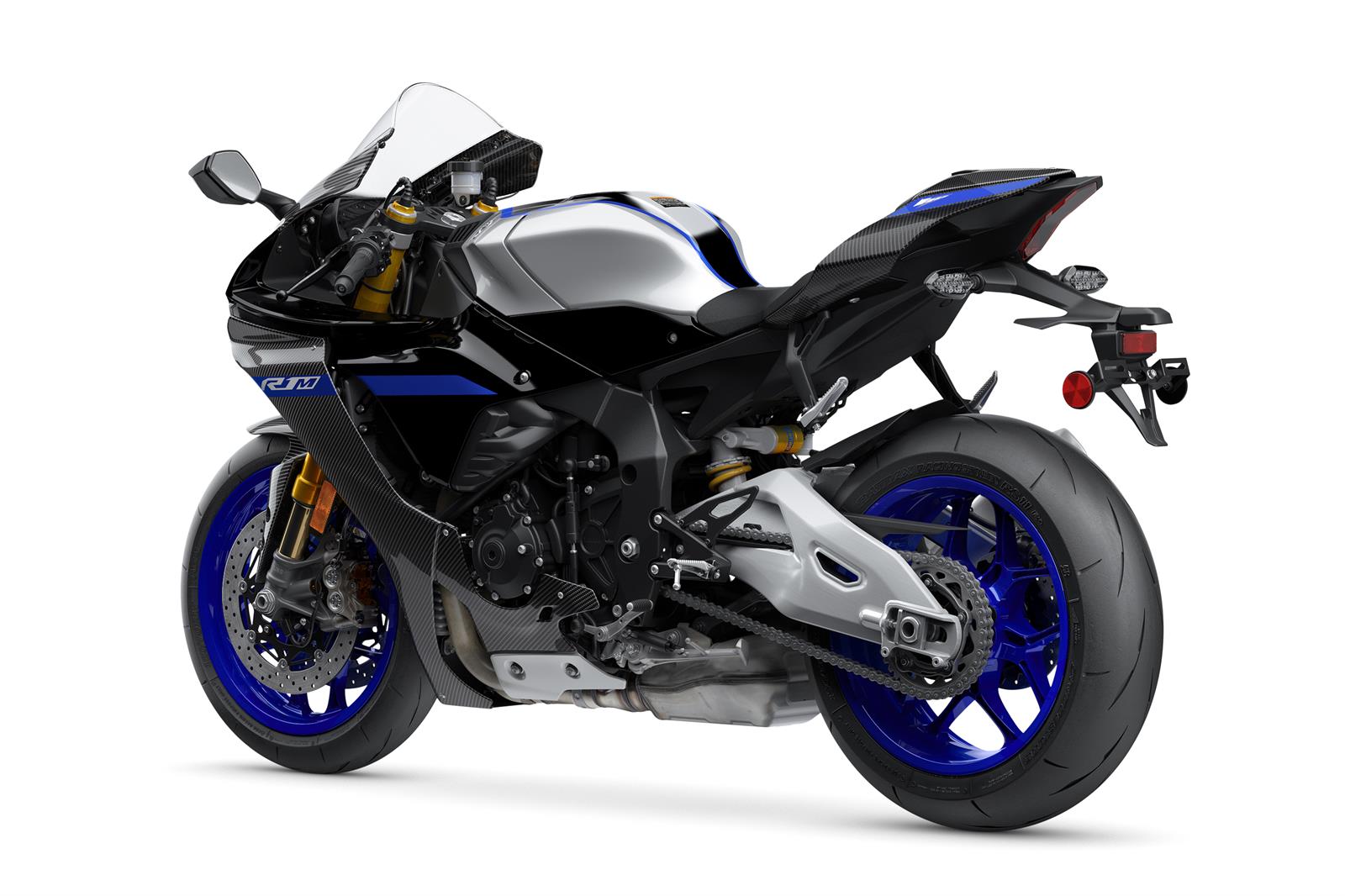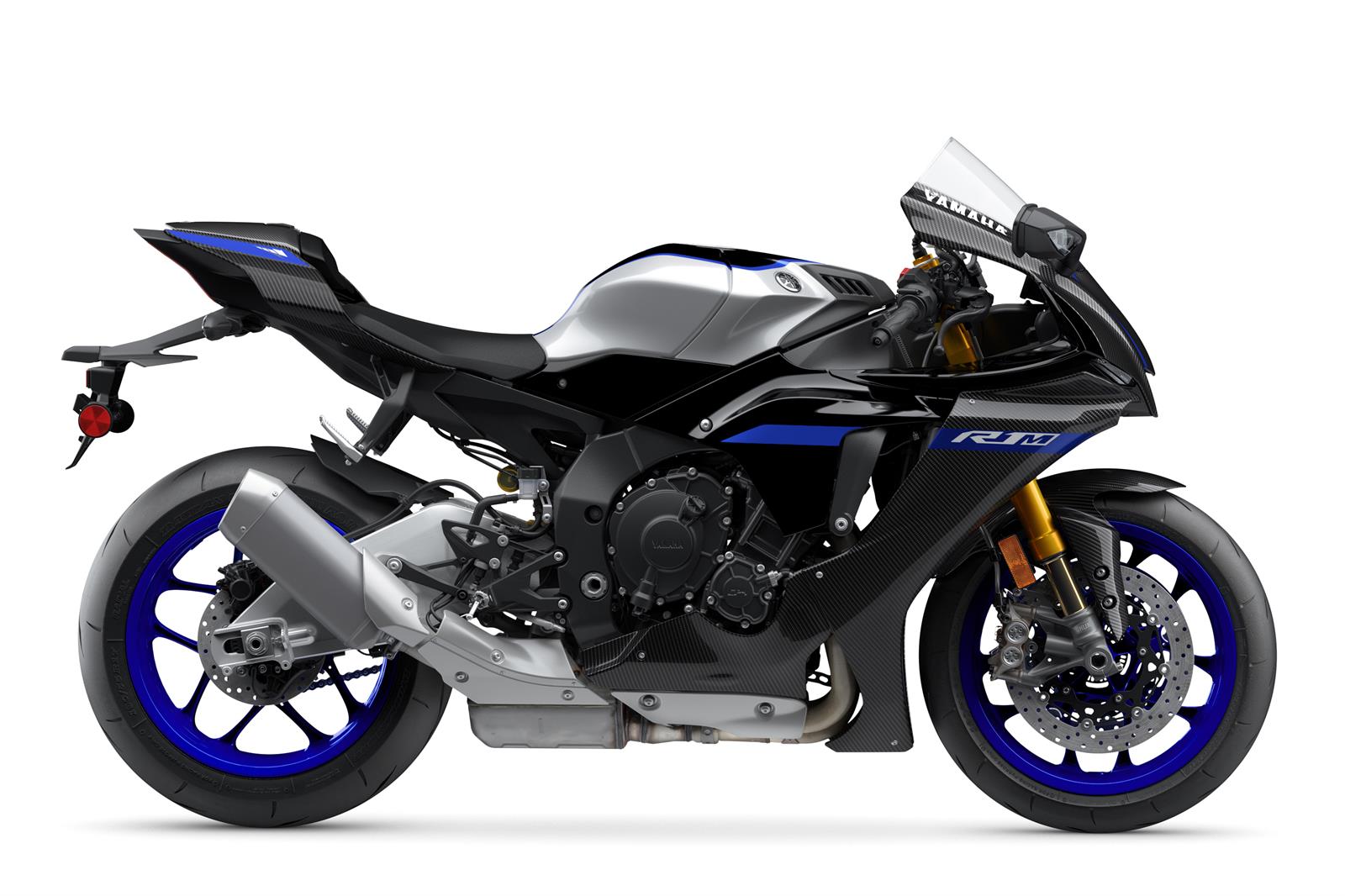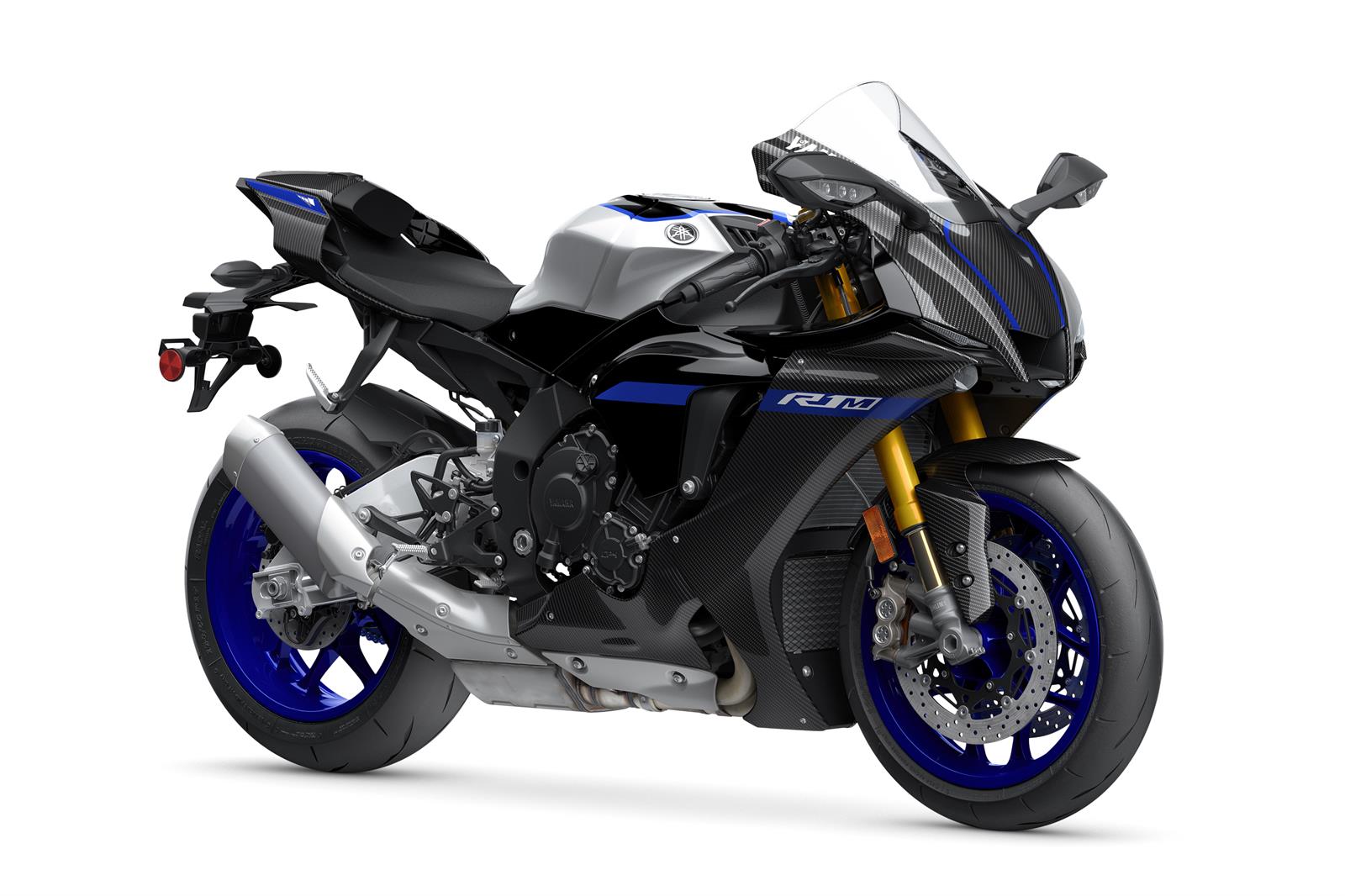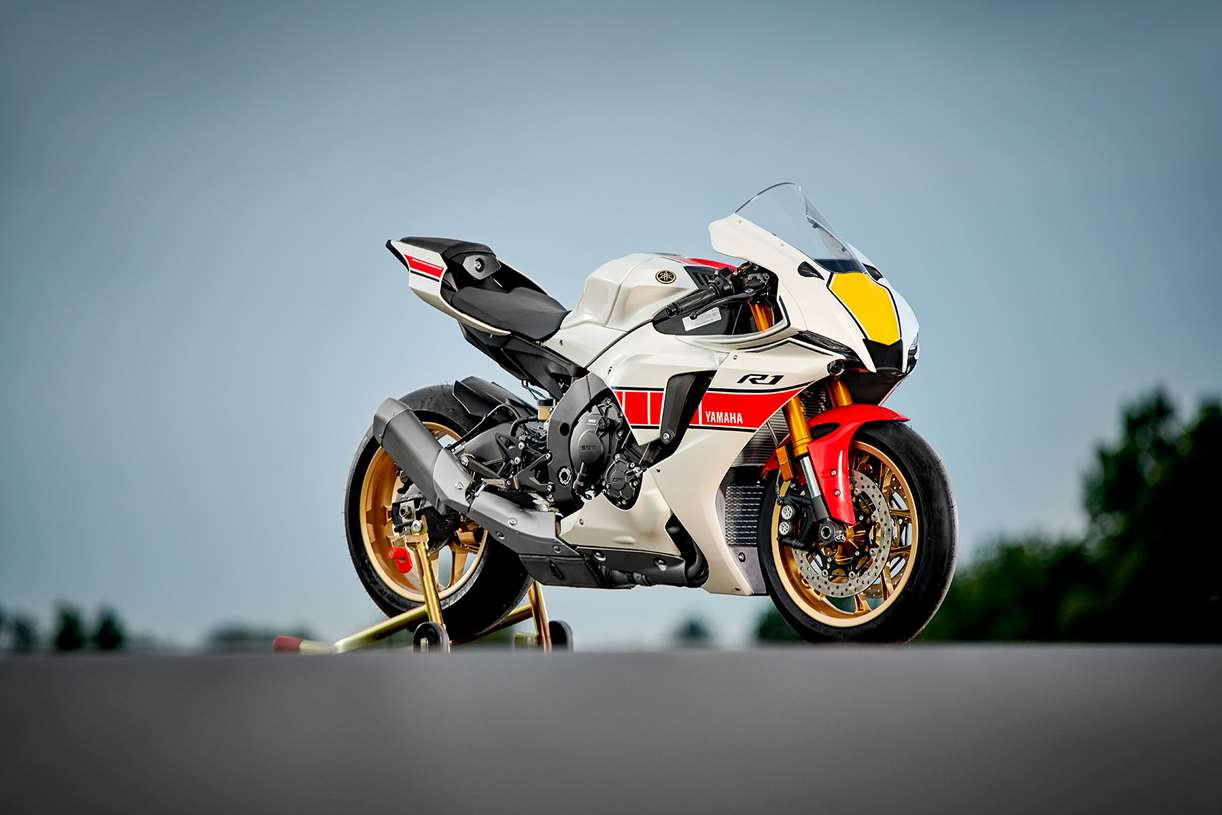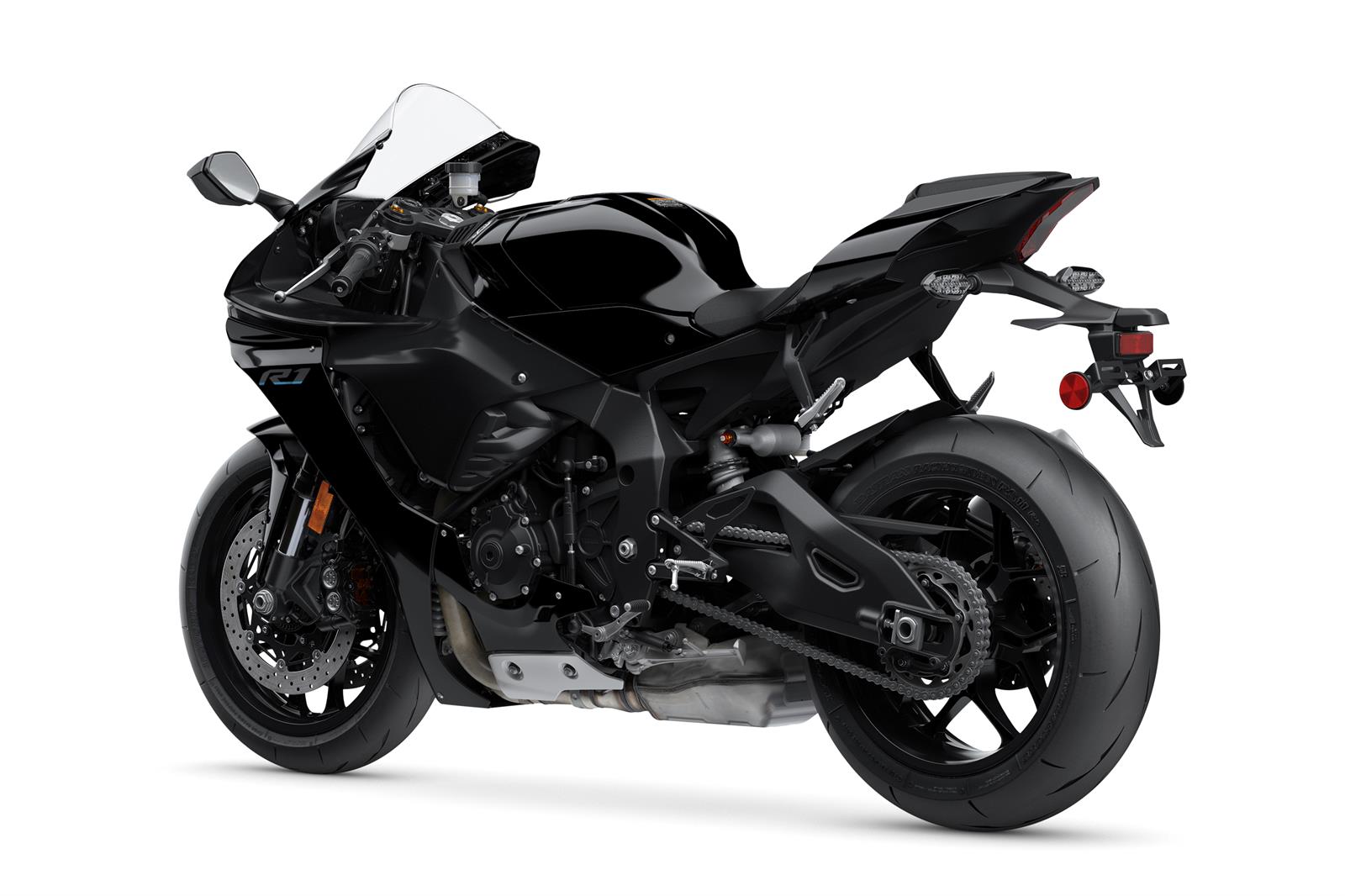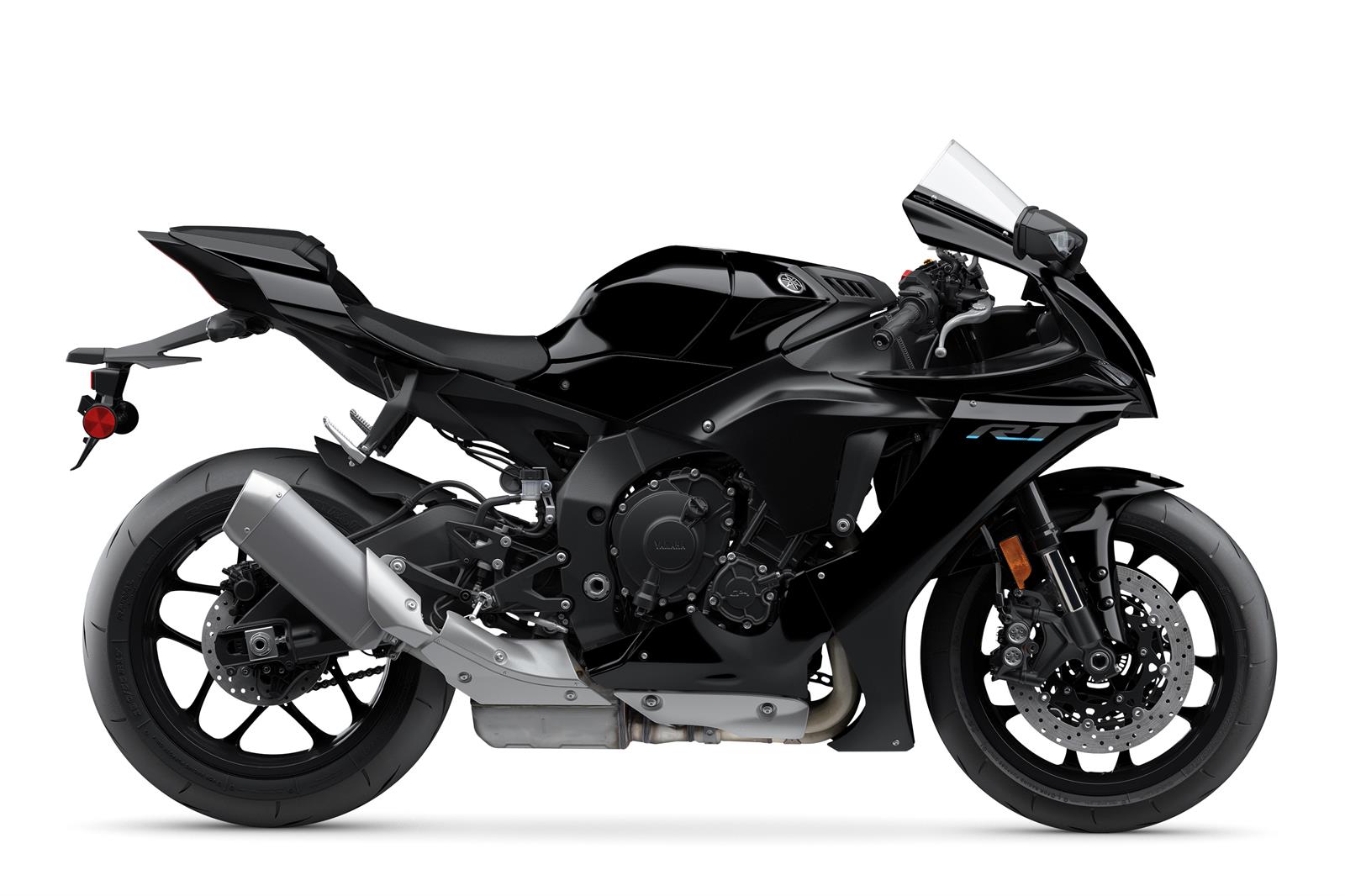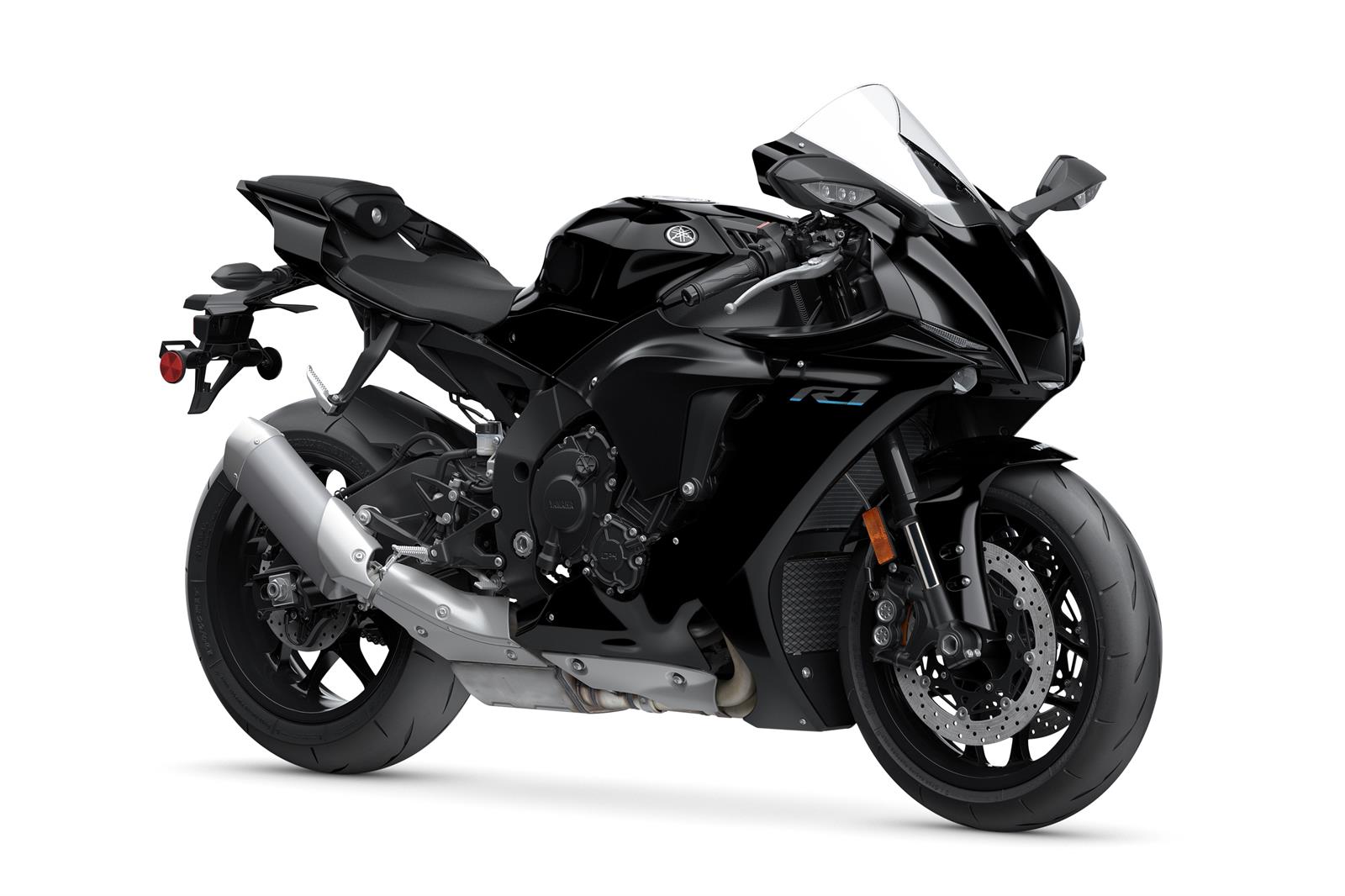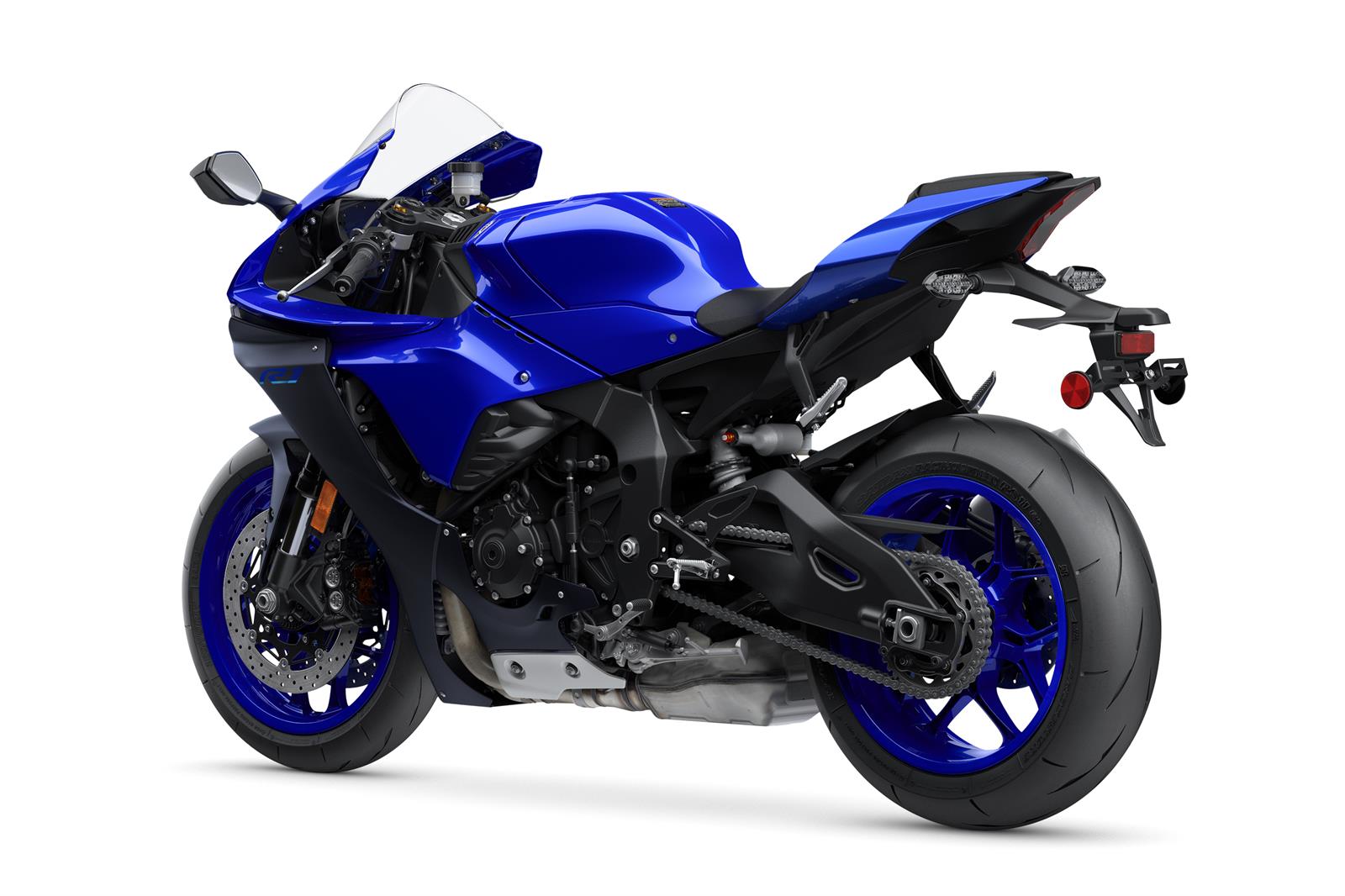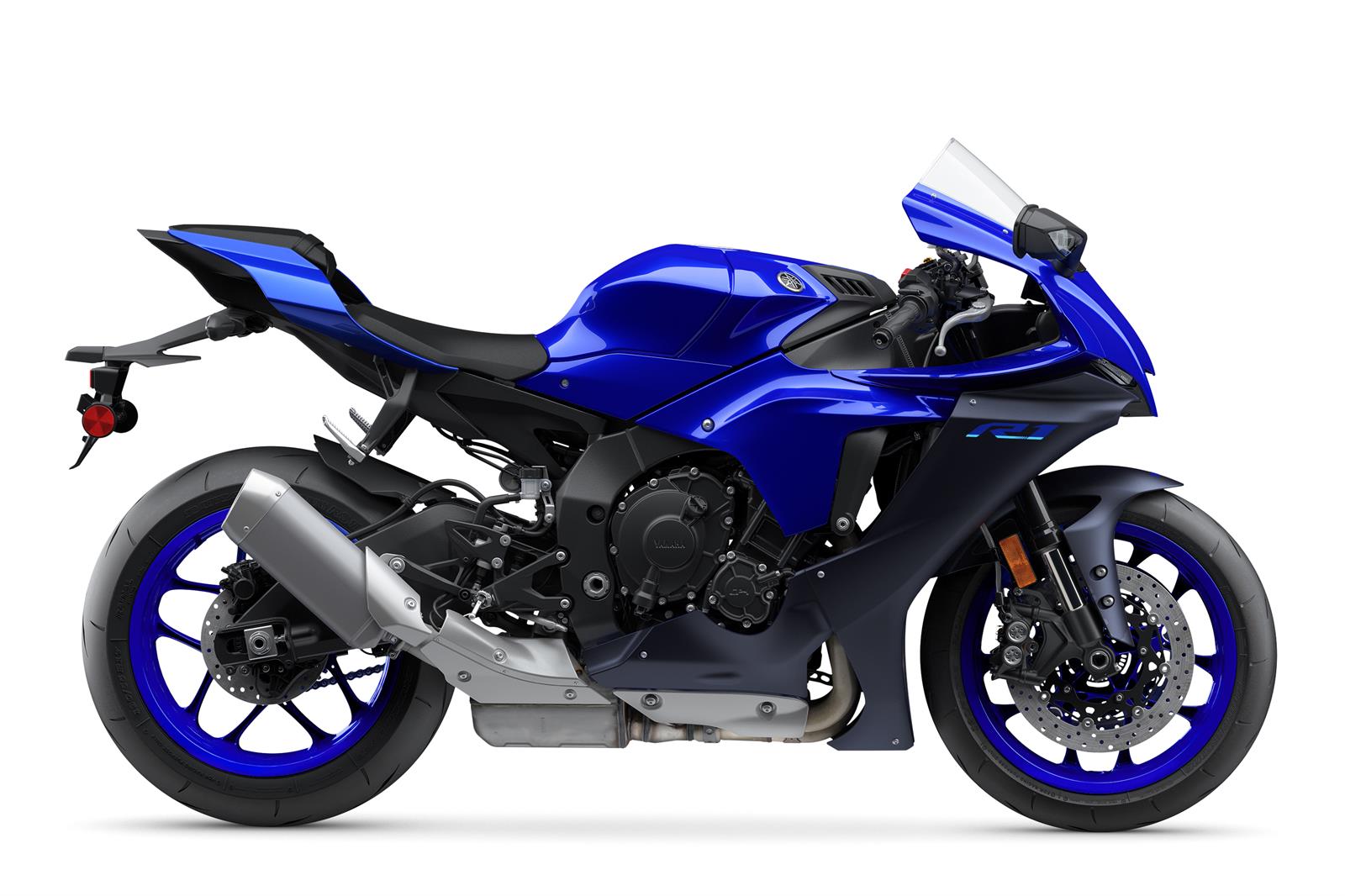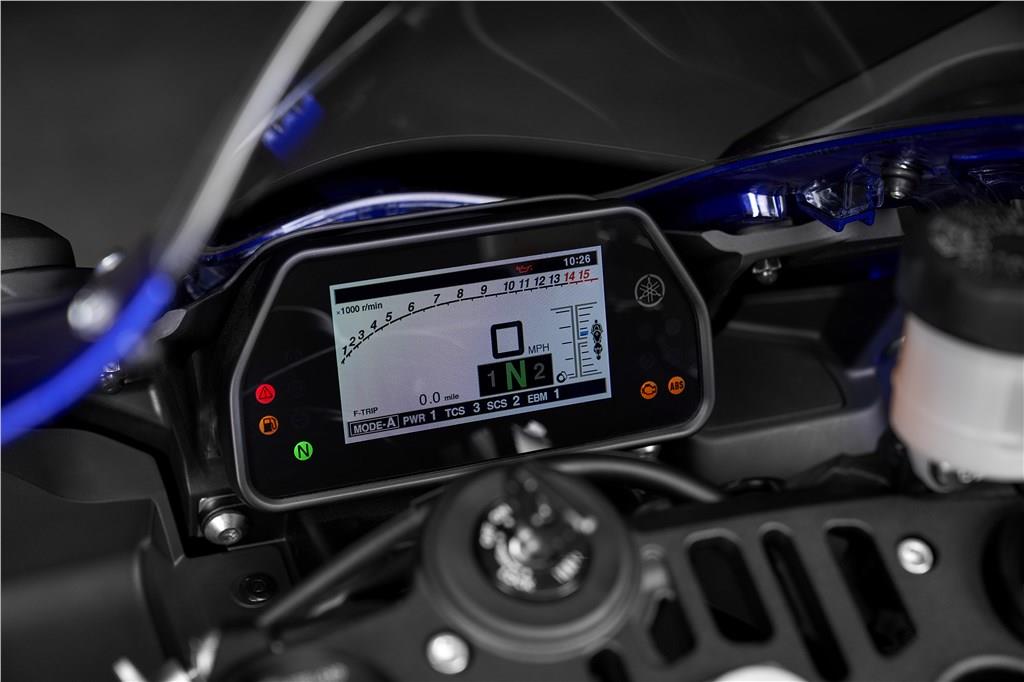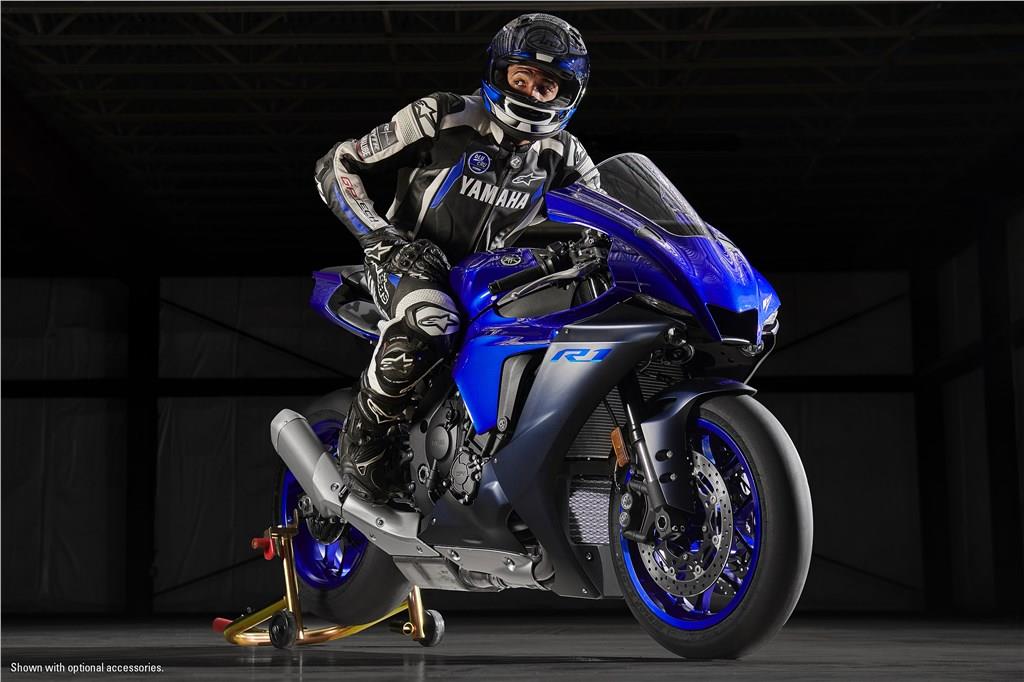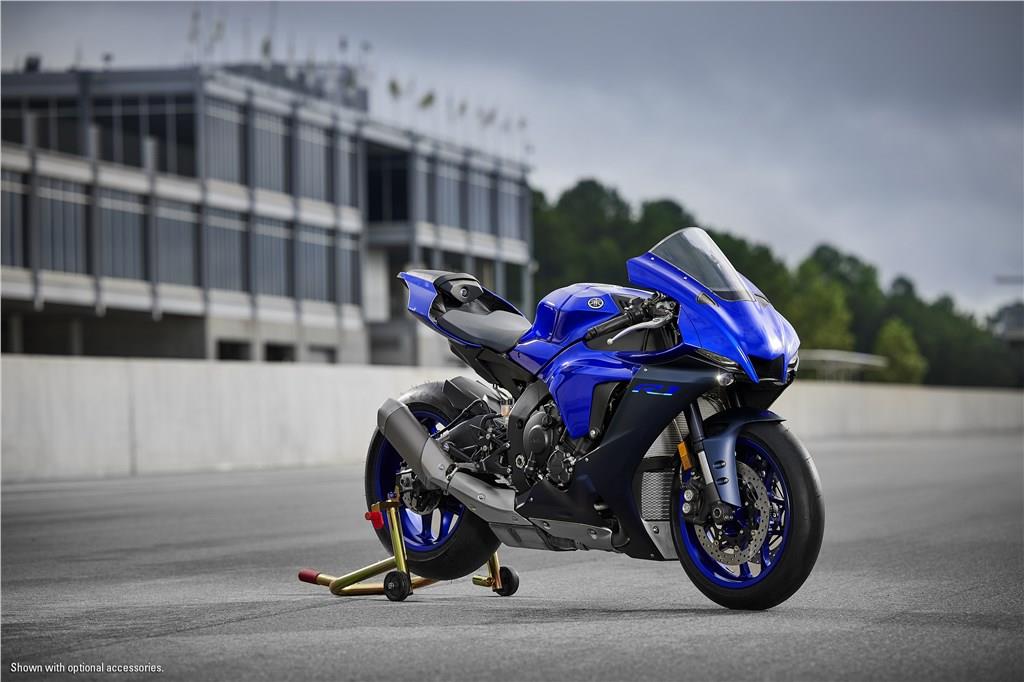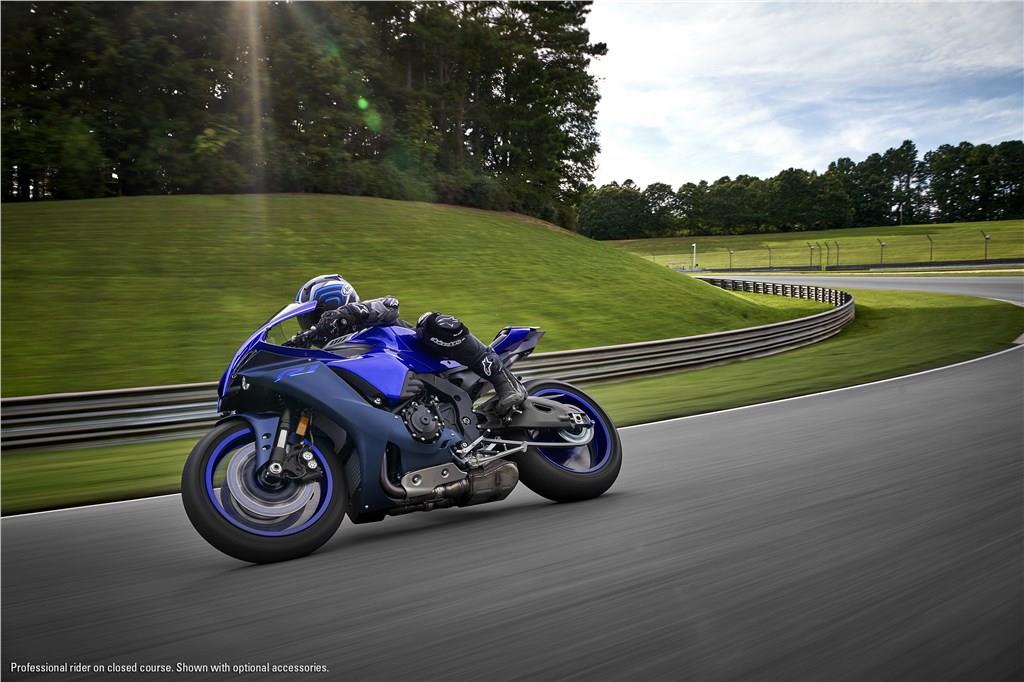2022 Yamaha YZF-R1 / R1M: The Superbike of Legends
Contents
Revered as one of the greatest motorcycles of all time, the Yamaha R1 has been dominating the track and the roads for well over 20+ years until this point. After a major overhaul back in 2020, the newest generation of R1 continues to storm on into the sunset with very minor changes in the last 2 years; this year included.
2020 brought a new era of next-generation R-Series styling derived from their highly successful MotoGP models. It also brought major updates to the engine, electronic assists, braking, and suspension system. Fast forward a year into 2021, Yamaha came back to slightly re-imagine the emissions system thanks to Euro 5 regulations.
For the 2022 model year, however, the Japanese OEM has included a very special livery that spans their entire R-Series of motorcycles. With so many OEMs celebrating major milestones in their long motorcycle history, it was only a matter of time for Yamaha to hit its next major marker. To celebrate 60 years of Yamaha’s passion for racing, they have decided to offer a “World GP 60th Anniversary Edition” of the R3, R7, and R1. Gold rims, gold forks, special emblems, black levers, and a very historically important Redline chain-block livery give this edition of the 2022 R1 a very special aesthetic.
The R1 comes complete with a 998 inline-four mill capable of an astounding 198 horsepower and 83 lb-ft of torque. The rider safety systems that help manage this beast-of-an-engine got an update last year, meaning that the anti-wheelie, anti-skid- and stability control systems have all-new maps applied that have been carried over to 2022.
For an added layer of track performance, Yamaha offers an M edition; making it an R1M. The YZF-R1M is a track-oriented street weapon that brings some key performance components to the table such as Öhlins dynamic suspension system, carbon fiber / composite fairings, and a GPS tracking Yamaha Communications Control Unit to allow for logging your track/ride data.
The 2022 Yamaha YZF-R1 / R1M starts at $17,599 USD / $22,199 CAD
On this page: we’ve curated specs, features, news, photos/videos, etc. so you can read up on the new 2022 Yamaha YZF-R1 / R1M in one place.
Model Overview
General Info
- Price: $17,599 USD / $22,199 CAD
- Key Features:
- Yamaha Quickshift is standard
- Dynamic, adjustable suspension
- Advanced launch control system
Key Specs
- Engine Type: 998cc, liquid-cooled inline 4 cylinder DOHC; 16 valves
- Horsepower: 198 HP
- Torque: 83 lb-ft
- Wet Weight: 443 lbs (201 kg)
- Seat Height: 33.7 inches (855 mm)
Key Competitors
2022 Yamaha YZF-R1 / R1M Specifications
ENGINE |
||
| Engine | 998cc, liquid-cooled inline 4 cylinder DOHC; 4-valves per cylinder | |
| Power | 198 HP | |
| Bore x Stroke | 79.0mm x 50.9mm | |
| Compression Ratio | 13.0:1 | |
| Fuel System | Fuel injection with YCC-T and YCC-I | |
| Starter | Electric | |
| Lubrication | ||
DRIVETRAIN |
||
| Clutch | ||
| Transmission | 6-speed; wet multiplate assist and slipper clutch | |
| Final Drive | Chain | |
CHASSIS |
||
| Suspension Front | 43mm KYB® inverted fork, fully adjustable; 4.7-in travel | |
| Suspension Rear | KYB® single shock, fully adjustable; 4.7-in travel | |
| Brakes Front | Dual 320mm hydraulic disc; Brake Control System and ABS | |
| Brakes Rear | 220mm hydraulic disc; Brake Control System and ABS | |
| Tires Front | 120/70ZR17 Bridgestone® BATTLAX RACING STREET RS11F | |
| Tires Rear | 190/55ZR17 Bridgestone® BATTLAX RACING STREET RS11R | |
| Fuel Tank Capacity | 4.5 gal | |
| Color | ||
ELECTRICAL |
||
| Ignition | ||
| Spark Plugs | ||
| Headlight | Projector | |
| Tail Light | LED | |
DIMENSIONS |
||
| Overall Length | 80.9 in | |
| Overall Width | 27.2 in | |
| Overall Height | 45.9 in | |
| Wheelbase | 55.3 in | |
| Trail | 4.0 in | |
| Seat Height | 33.7 in | |
| Curb Weight | 448 lb | |
WARRANTY |
||
| Warranty | 1 Year (Limited Factory Warranty) | |
| Extension | ||
2022 Yamaha YZF-R1 / R1M Features
TOP FEATURES
ENGINE
CHASSIS/SUSPENSION
ADDITIONAL FEATURES
ELECTRONICS
- Ride-by-Wire Throttle System
The R1 features a ride-by-wire Yamaha Chip Controlled Throttle (YCC-T®) system built around the Accelerator Position Sensor with Grip (APSG), which eliminates the throttle cables. As before, YCC-T precisely senses throttle input by the rider and actuates the throttle valves to actively control intake volume, allowing for cutting-edge computerized engine management but in a lighter package. - Variable Intake System
The YZF-R1 features Yamaha’s Chip Controlled Intake (YCC-I®), a variable intake system that broadens the spread of power across the entire rpm range. By actively adjusting the length of the intake based on engine speed, the CP4 engine is able to provide a broad spread of power across the rpm range. - MotoGP®-Level Controllability
Yamaha’s Inertial Measurement Unit (IMU) combines a gyro sensor and G-sensor accelerometer that measures all six axes of movement in 3-D space at a rate of 125 calculations per second. This information is fed into the Engine Control Unit (ECU) to create a detailed picture of the motorcycle’s position, which then powers the R1’s rider-assisting technology package, Yamaha Ride Control (YRC). - Engine Brake Management (EBM)
The YZF-R1 features an Engine Brake Management (EBM) system that allows the rider to adjust engine braking to suit personal preferences and track conditions. The EBM system offers three levels of engine brake force to allow smoother corner entry. - Power Delivery Mode (PWR)
Power Delivery Mode (PWR) lets the rider adjust engine response to best match their preferences and riding conditions, adjusting throttle feel, responsiveness and overall power. The PWR system offers four settings of progressive power delivery. - Lean Angle-Sensitive Traction Control System (TCS)
The R1’s Traction Control System (TCS) calculates the differences in front and rear wheel speeds to monitor and reduce unwanted wheel spin during hard acceleration. Unlike many simplified TC systems, the R1 also uses the IMU to calculate lean angle, then adjusts the amount of TCS intervention to best suit the rider’s demands. The TCS offers ten separate settings enabling the rider to dial in the exact level of control needed. - MotoGP®-Developed Slide Control System (SCS)
Yamaha’s Slide Control System (SCS) comes directly from the Yamaha YZR-M1 MotoGP® race bike. By using the IMU to detect lateral slides under hard cornering acceleration, the ECU intervenes to regulate power delivery and seamlessly control the motorcycle’s cornering attitude. The SCS features four settings to suit rider preferences and track conditions. - Lift Control System (LIF)
The Lift Control System (LIF) utilizes the IMU to detect when the motorcycle’s nose pitches upwards higher or faster than desired, then progressively regulates engine power to maintain chassis attitude with minimal loss of forward drive. LIF offers four settings of adjustment for fine tuning - Launch Control System (LCS)
Built to deliver an optimum racetrack start every time, the R1’s Launch Control System (LCS) limits maximum engine rpm and throttle plate opening with input from the TCS and LIF systems to maximize acceleration from a standing start. The LCS offers three setting levels to adjust engine control and output. - Up & Down Quick Shift System (QSS)
The Up & Down Quick Shift System (QSS) uses a sensor on the shift linkage to modulate power during shifting, allowing for split-second clutchless shifts up and down through the gearbox. Full-throttle upshifts maximize forward drive under power, while the ECU precisely matches engine speed while downshifting for nearly instantaneous gear changes with minimal chassis disruption. The QSS can be adjusted between three settings with independent downshift function control.
2022 Yamaha YZF-R1 / R1M Photos
2022 Yamaha YZF-R1 / R1M Videos
The Pure Sound of Yamaha R1 – BRUTALLY LOUD
UNBOXING – 2022 Yamaha R1
Links
Yamaha Motorcycles Official Websites


